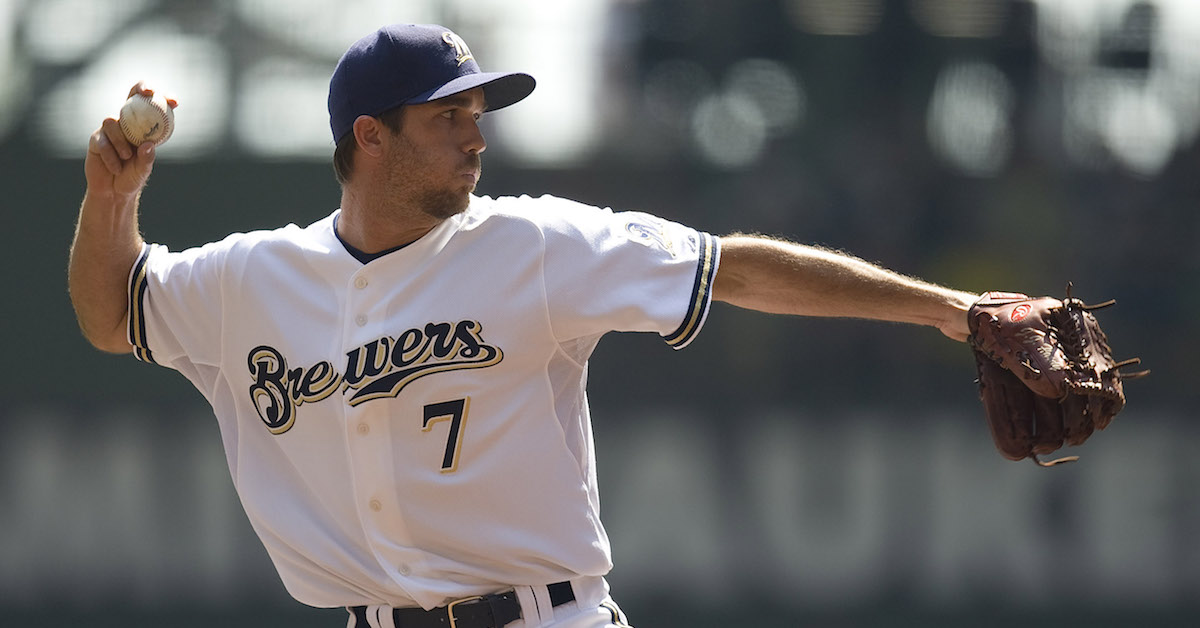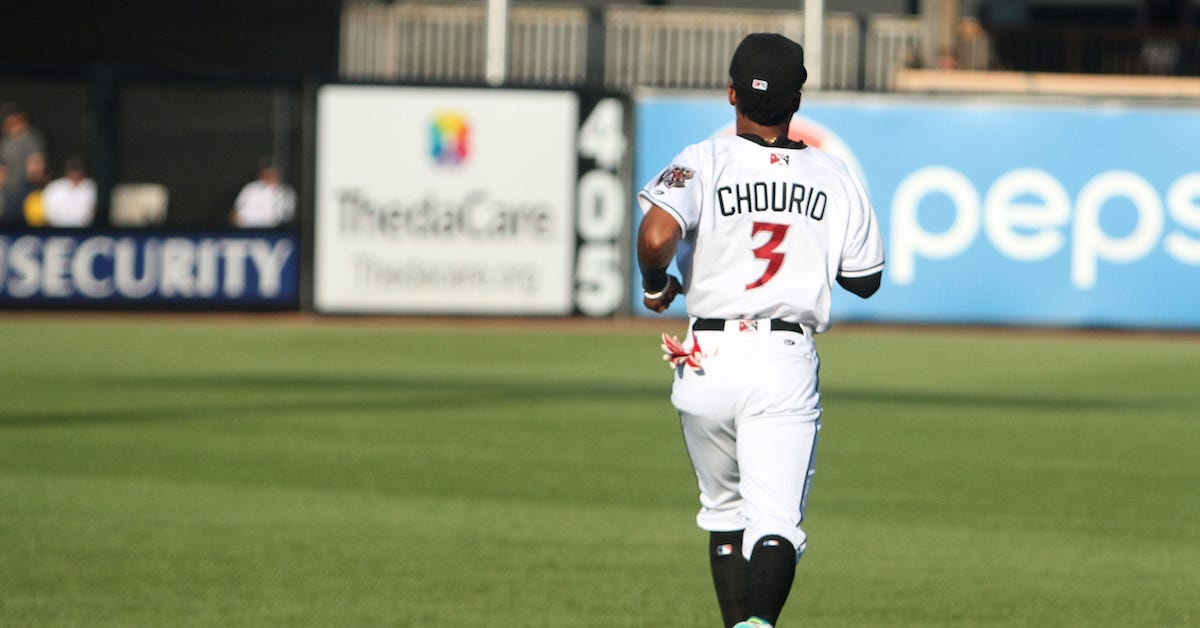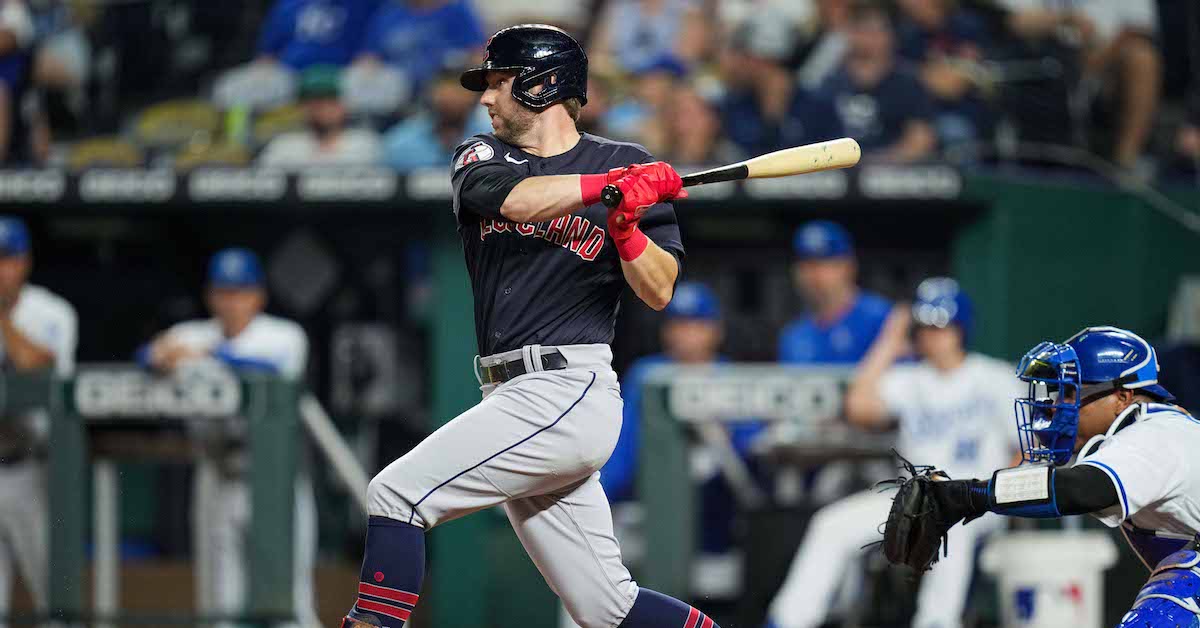JAWS and the 2023 Hall of Fame Ballot: J.J. Hardy

The following article is part of Jay Jaffe’s ongoing look at the candidates on the BBWAA 2023 Hall of Fame ballot. For a detailed introduction to this year’s ballot, and other candidates in the series, use the tool above; an introduction to JAWS can be found here. For a tentative schedule, and a chance to fill out a Hall of Fame ballot for our crowdsourcing project, see here. All WAR figures refer to the Baseball-Reference version unless otherwise indicated.
| Player | Pos | Career WAR | Peak WAR | JAWS | H | HR | SB | AVG/OBP/SLG | OPS+ |
|---|---|---|---|---|---|---|---|---|---|
| J.J. Hardy | SS | 28.1 | 24.0 | 26.0 | 1,488 | 188 | 8 | .256/.305/.408 | 91 |
J.J. Hardy was one of a handful of high draft picks who helped to resuscitate the Brewers’ competitive fortunes in the first decade of the new millennium. Though his on-base skills were comparatively limited during an era when they became so in vogue in the wake of Moneyball’s popularity, his combination of power, a strong and accurate arm, and good range made him a valuable player if not a star. While he made just two All-Star teams, he won three Gold Gloves and had half a dozen seasons in the 3-4 WAR range.
Alas, even during his time in the minors, Hardy was particularly susceptible to injuries, and while he toughed some of them out — often to the detriment of his offense — and showed resilience in bouncing back, he averaged just 120 games a year over his 13-year career (2005-17). Like so many Brewers even during the best of times, he was traded as he became more expensive. In all, he helped three different teams to the playoffs a total of five times, and played a key role in ending the Orioles’ long postseason drought just as he had with the Brewers.
James Jerry Hardy was born on August 19, 1982 in Tucson, Arizona, the second child of athletic parents who had starred at the University of Arizona. His father Mark Hardy was a professional tennis player who ranked as high as no. 270 in the world, while his mother Susie Shinn Hardy was a top amateur golfer who was a collegiate rival of future LPGA legends Nancy Lopez and Beth Daniel. While J.J. tried both of his parents’ sports, he gravitated to baseball, applying the work ethic picked up from his parents. “I’d hit golf balls until my hands were blistered and bleeding,” Susie told the Baltimore Sun in 2015. “That drive to get better? I think [J.J.] got that from me. He was the best player on almost every team he played for and, if he wasn’t, he’d work hard until he was.” Read the rest of this entry »






